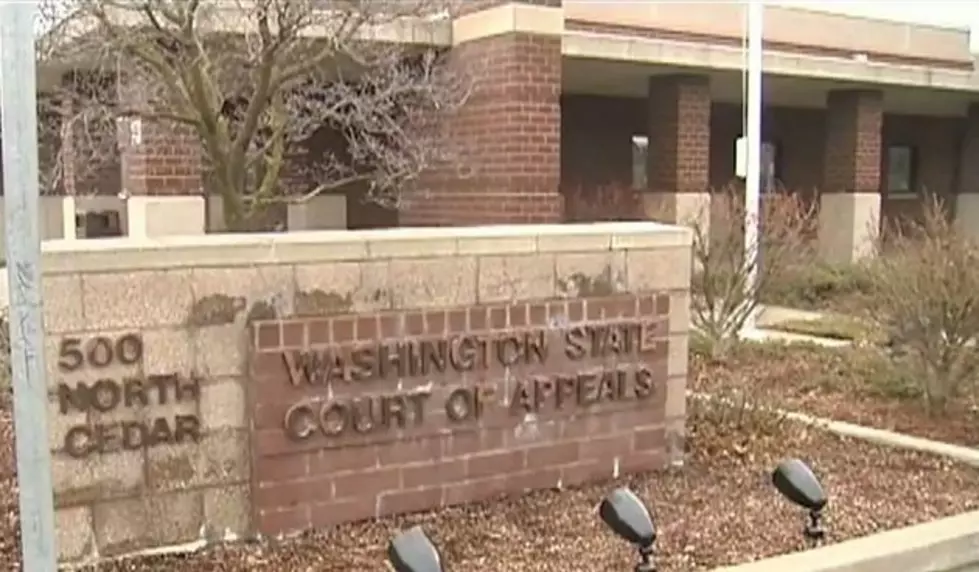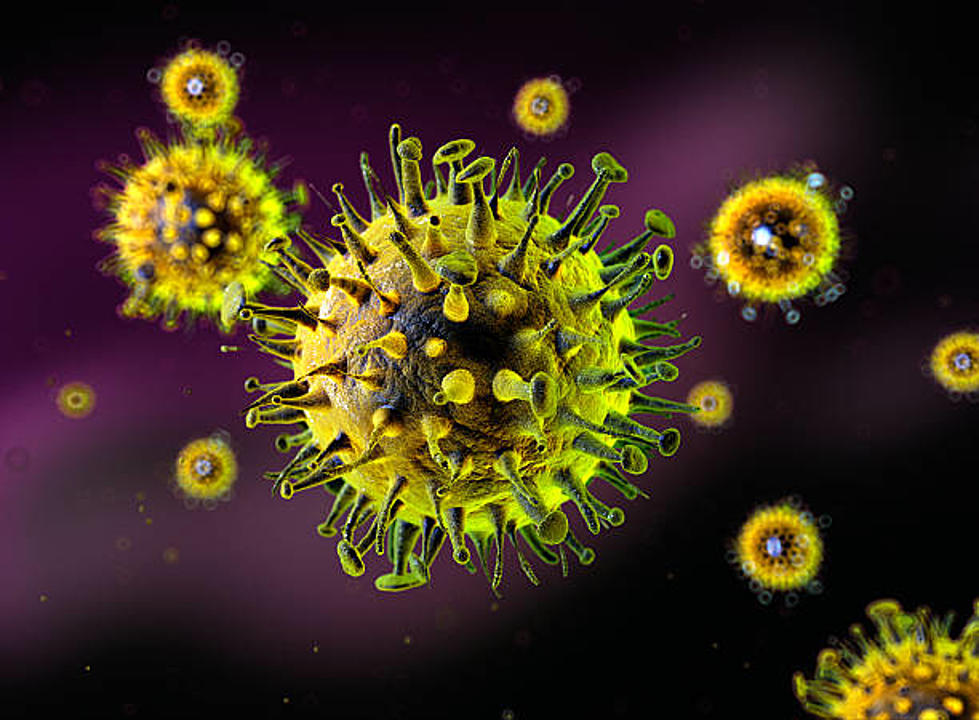
Wiesman Lays Out What is Allowed in Chelan/Douglas Modified Phase 1, Conditions
Washington State Secretary of Health John Wiesman approved Chelan and Douglas counties to move into a modified version of Phase 1 Wednesday.
The Chelan-Douglas Health District (CDHD) submitted the application Friday afternoon.
The application was approved with the following conditions:
- CDHD is to submit a plan to the Department of Health by close of business Tuesday, June 16th, with strategies to increase use of face cloth coverings in public when people cannot maintain a distance of at least 6 feet, and with strategies to increase COVID-19 testing in the agriculture sector to quickly identify any possible outbreaks.
- CDHD must convene a meeting with the Department of Health, local elected officials, business leaders, agriculture industry representatives (employers and workers), and others next week to discuss the plan.
- An individual business is only allowed to reopen after it can implement the state guidelines for a safe start. The guidelines can be accessed here.
- CDHD must notify the Washington State Department of Health 24/7 on-call communicable disease duty officer of any COVID-19 outbreak within the two county area within six hours of notification.
- CDHD is required to monitor the pandemic in the two county area for signs of community transmission or any concerning acceleration.
- CDHD is required to report to the Department of Health on a weekly basis with performance metrics for daily contact with cases during their isolation period and contacts during their quarantine period. Instructions will be sent next week.
- The two county area is not allowed to proceed to Phase II of Governor Inslee's Phased Approach to Reopening Washington Plan without further authorization from Secretary Wiesman's.
Subject to the conditions of the approval, the activities and business services are now permitted in Chelan and Douglas Counties as identified below:
- Recreation: Outdoor recreation involving 5 or fewer people outside your household (not including an instructor), with 6 foot distancing (camping, beaches, etc.)
- Gatherings: Allowed outdoors only, with 5 or fewer people outside your household per week
- Travel: Essential travel and limited non-essential travel for Phase I & II permissible activities
- Businesses/employers
- Remaining manufacturing
- Additional construction phases
- In-home/domestic services (nannies, housecleaning, etc.)
- Retail - essential or otherwise, may operate at 50% of building occupancy with Phase II requirements regarding physical distancing and other infection prevention measures; businesses are responsible for controlling access appropriately
- Real estate at 25% of building occupancy; indoor services limited to 30 minutes
- Professional services/office-based business at 25% of building occupancy; indoor services limited to 30 minutes for customers (telework remains strongly encouraged)
- Hair and nail salons/barbers at 25% of building occupancy
- Pet grooming at 25% of building occupancy
- Restaurants/taverns
- All outdoor food and beverage service may operate subject to Phase II guidance at 50% outdoor capacity with all tables/chairs maintaining at least 6 feet of distance and table size no larger than 5 persons. Additoinal or new outdoor seating would be allowed subject to maintaining at least 6 feet distance between table and chairs, as well as receiving any city permit needed.
- All indoor food and beverage services may operate subject to Phase II guidance with the exception that at no time may the number of customers be at more than 25% indoor capacity with all tables/chairs maintaining at least 6 feet of distance and table size no larger than 5 persons. Furthermore, no bar-area seating is allowed.
People in high-risk populations are strongly encouraged to limit their participation in these modified Phase I activities and business services.
The Department of Health may revoke the approval if circumstances change within the two counties, such as a significant community transmission, no or minimal access to COVID-19 testing, inadequate surge capacity in the hospital, inadequate PPE supplies, inadequate case and contact investigations, inadequate daily monitoring of cases during their isolation period or cases during their quarantine period, inadequate isolation or quarantine facilities, or other conditions warranting significant concern.
More From NewsRadio 560 KPQ









